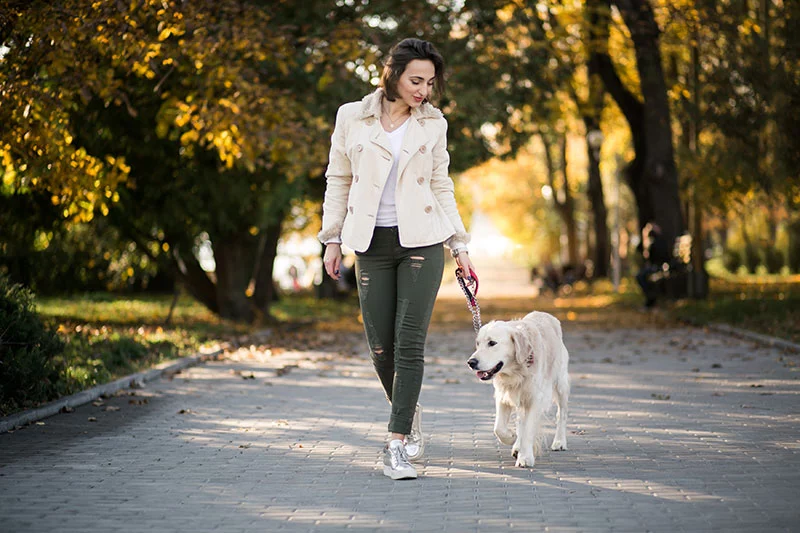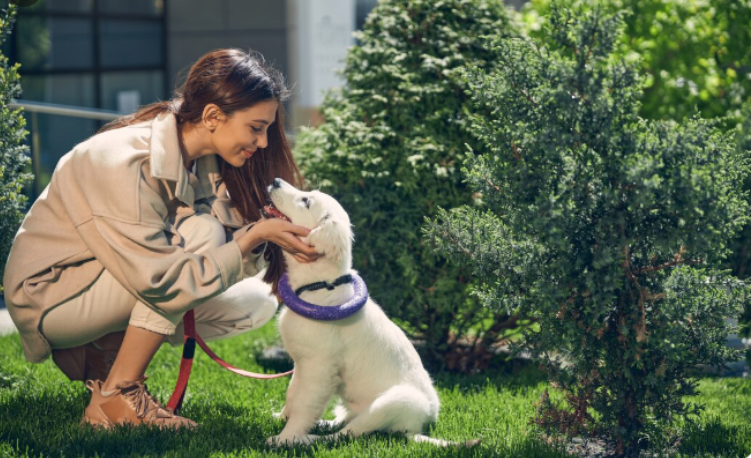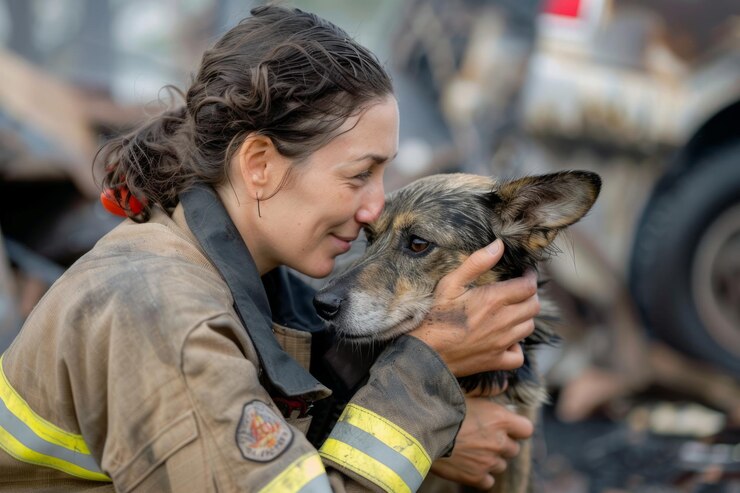
Walk Safety
- Think about wearing fluorescent or reflective clothing if you are walking in harsh conditions to prevent accidents and to alert other people that you are there.
- If you have extreme weather where you feel walking would not be safe, offer a pop in service instead.
- Keep dogs away from ponds and lakes which may be iced over. If the ice breaks under the weight of the dog, this could be fatal.
- Keep any dogs on leads in the snow. Snow can be disorientating for dogs so they can become lost more easily.
- Think about your own footwear to minimize the risk of trips and slips and to ensure you have good control of the dog.
Keeping the Dog Warm
- Let your dog’s coat grow in the winter to help keep them warm. For short haired dogs, elderly dogs or puppies, there are lots of jumpers and coats available for pets which can help to keep them warm. Suggest to the dog’s owner that this is something they need to invest in if you feel their pet would benefit from this.
- Let the dog get used to a new coat before it wears it for a walk by trying it on indoors and using treats. Once the dog is used to wearing it, you can start using it outside.
- Keep blankets and towels in your vehicle so that you can dry the dog off thoroughly once the walk is over.
Dog Health
- Look out for the dog’s paws becoming lodged with snow or ice which can be painful for dogs, and ensure that after walking in areas that may have been treated with rock salt, you wash the dog’s paws to remove any as this can irritate their skin and be poisonous.
- Ensure that the dog’s hair is trimmed along their underside to avoid it becoming excessively wet if there is enough snow to reach this.
- Never leave a dog in a car during extreme weather, hot or cold.
- Antifreeze is very poisonous to dogs, so if there are any spillages, ensure they are cleaned up thoroughly.
- Take extra care if the dog has arthritis as the cold weather can worsen this.
Alternatives to Walking
- In extreme cold weather, shorten walks as you would in the summer, so that the dog is not exposed to the cold weather for long periods of time.
- You can offer a pop in service instead where you would play with the dog in the garden or indoors for half an hour to an hour so that they are still being exercised but avoid the cold as much as possible.
- Change your route to a route which may avoid the snow. For example if you normally walk in a field where snow may be thicker, consider walking in a shady wooded area where there may be less snow on the ground, or around streets which may have been gritted.
If you feel that walking a dog would be dangerous, let the owner know with as much notice as possible that you may not be able to provide a service on that day. If there is very extreme weather, there is a good chance that the owner of the dog will also not be working, or working from home, so they may be able to exercise their dog themselves.




